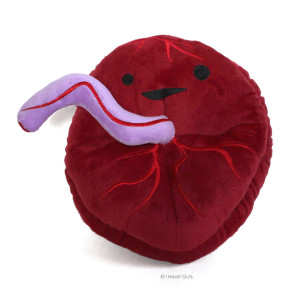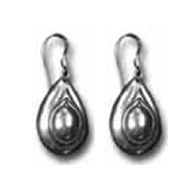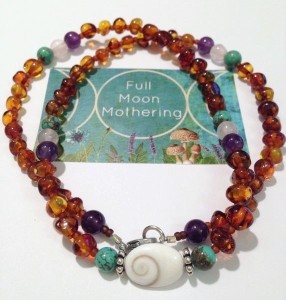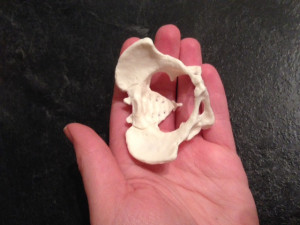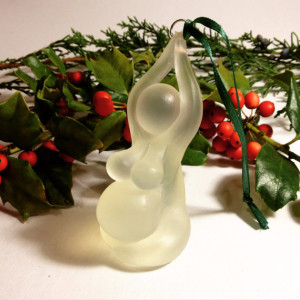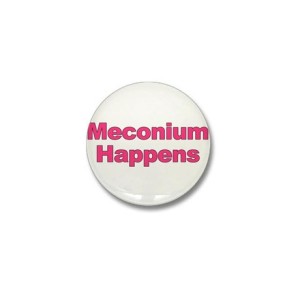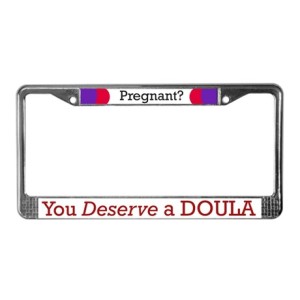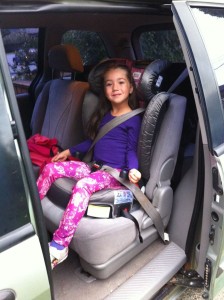The 411 rule is what most Childbirth Educators use when teaching a prenatal class. It’s in reference to going to the hospital. Ridge Meadows Doula Services believes there is more to this simple formula, we suggest parents don’t get hung up on the numbers and timing every contraction. We suggest you are mindful to the emotional precursors as well. With regard to waves (contractions), you will want to wait until your contractions are:
· 4 minutes apart or less.
· Lasting 1 minute long or longer
· Stay home with the contractions 1 minute long for 1 hour (or longer)
Emotional precursors that can also be signals are:
· Very serious
· Aren’t talking during contractions
· Are not walking during a contraction
· Are very focused only on their contractions and can’t be distracted
· They may be ritualistic behaviours
· They may start to make deep groaning sounds
While these are all guesstimates on when to go to the hospital, they aren’t perfect science. Each woman enters their birthing time and has a different experience. having a doula with you to help you relax and cope with waves (contractions) can be helpful. doulas have seen may births and can give you a good idea of when it is time to leave for the hospital.
